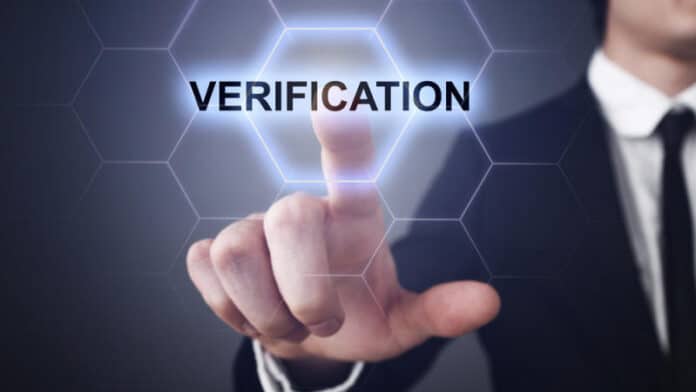
A few years back, hospitals and healthcare service providers were making use of old-school and traditional manual verification methods.
These worn-out techniques cannot work any longer since medical identity theft is on the rise and fraudsters are getting the better of patient data and the industry at scale. By the end of 2026, healthcare losses are estimated to reach $4500 million that is a staggering amount in numbers.
The best option for the healthcare sector is to start incorporating digital automated solutions by involving health system integration service that are much more reliable as well as offer greater convenience and efficiency. Digitally verified patient IDs can reap numerous benefits for both patients as well as the industry in general.
4 ways how automated and intelligent ID verification solutions
Privacy of Patient Data
Given the needs of consumers, the healthcare industry is quickly adopting automated solutions that are able to instantly identify and verify patients. Despite the fact that these ID verification solutions are the need of the hour, privacy concerns regarding customer data need to be properly addressed at the same time. Since medical records are a goldmine of information, they are being sold as much as $1000 each in the black market leading to greater challenges for the healthcare sector.
A cyber security solution is no longer enough to guarantee data protection since your existing customer who could potentially be a bad actor can breach the system easily. Digital ID verification guarantees no identity thief even associates ties with healthcare businesses at all, thus preventing digital health fraud in the first place.
Requirements for Compliance
When we talk about the Healthcare industry, it is important to know that there exist certain regulations for it as well. One of the most important laws in Healthcare is HIPAA, which is concerned with protecting the privacy of medical records of patients.
Hospitals and Healthcare providers often tend to verify patients through their original ID documents before they grant them health insurance or conduct medical treatment. As far as protecting medical records is concerned, regulatory authorities direct Health Care data processors to stay compliant with anti-money laundering regulations.
Digital ID verification is a quick means to perform know your customer (KYC) verification on any patient. Through a reliable and robust ID verification mechanism, the Healthcare sector can not only benefit in terms of regulatory compliance but also keep bad actors at bay.
Preventing Healthcare Fraud
Medical identity theft is quite common in the Healthcare industry. That being said, the numbers are quite staggering when we get to know that a single patient record is sold for as much as 10 times as what a normal credit card data breach incurs.
Usually, the personally identifiable information of a user is stolen to either make a financial profit, file false insurance claims, or buy drugs with a fake prescription. Last year in July, in a single month, the Health and Human Services Department of the US reported that there were more than 30 data breaches in the Healthcare sector that affected nearly 500 patients in total. Since the COVID-19 outbreak, the situation could turn out even worse if proper measures are not taken.
Performing a quit ID verification can significantly reduce the chances of medical identity theft. Health care service providers can request their patients/ users to submit government-issued authentic ID documents along with a selfie of the face to run a series of id-based checks so that they could be identified and verified in real-time.
In today’s highly technologically paced world, ID verification solutions offer a good deal of reliability and security through the use of AI-based models that have the ability to perform an in-depth analysis of user documents and their facial identity.
Banking on Efficiency
AI-enabled digital ID authentication systems enable medical personnel to adopt state-of-the-art methodologies when it comes to patient verification. This way, they can cut short the hassles of pre-registration and verifying legitimate patients each time.
Through the use of an automated ID validation system, patient records can be easily managed and retrieved by hospitals or a medical practitioner through the centralized database, ultimately creating room for better patient care.

